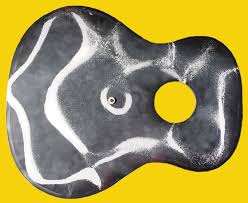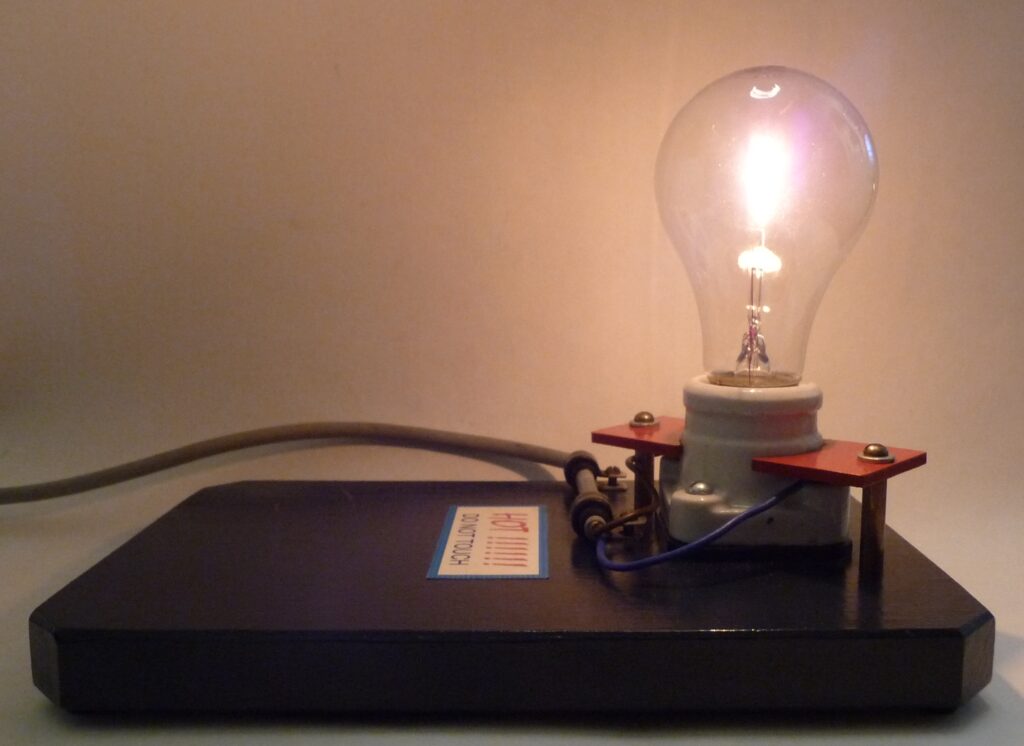 by: Tami O’Connor
by: Tami O’Connor
One of my all time favorite air pressure activities is an oldie and a goodie! It involves getting an egg into a classic, hard-to-find milk bottle, like the ones  delivered to grandma’s door. Unfortunately, some students (and some teachers) still think an egg can actually be sucked into a bottle. As you probably know because the air pressure is greater outside of the bottle than inside, the better explanation is that the egg is literally pushed into the milk bottle.
delivered to grandma’s door. Unfortunately, some students (and some teachers) still think an egg can actually be sucked into a bottle. As you probably know because the air pressure is greater outside of the bottle than inside, the better explanation is that the egg is literally pushed into the milk bottle.
Here is the explanation… The milk bottle and egg demo begins by placing two or three burning matches or a burning strip of paper into the empty bottle. Then a shelled, moistened hard-boiled egg is placed on the mouth of the bottle. The egg is clearly larger than the opening in the bottle. The air inside the bottle begins to heat up and subsequently expands. It is easy to notice the egg dancing around a bit as the air inside the bottle escapes around it.



 Posted by Tami O'Connor
Posted by Tami O'Connor  by: Martin Sagendorf
by: Martin Sagendorf

 by: Bennett M. Harris
by: Bennett M. Harris